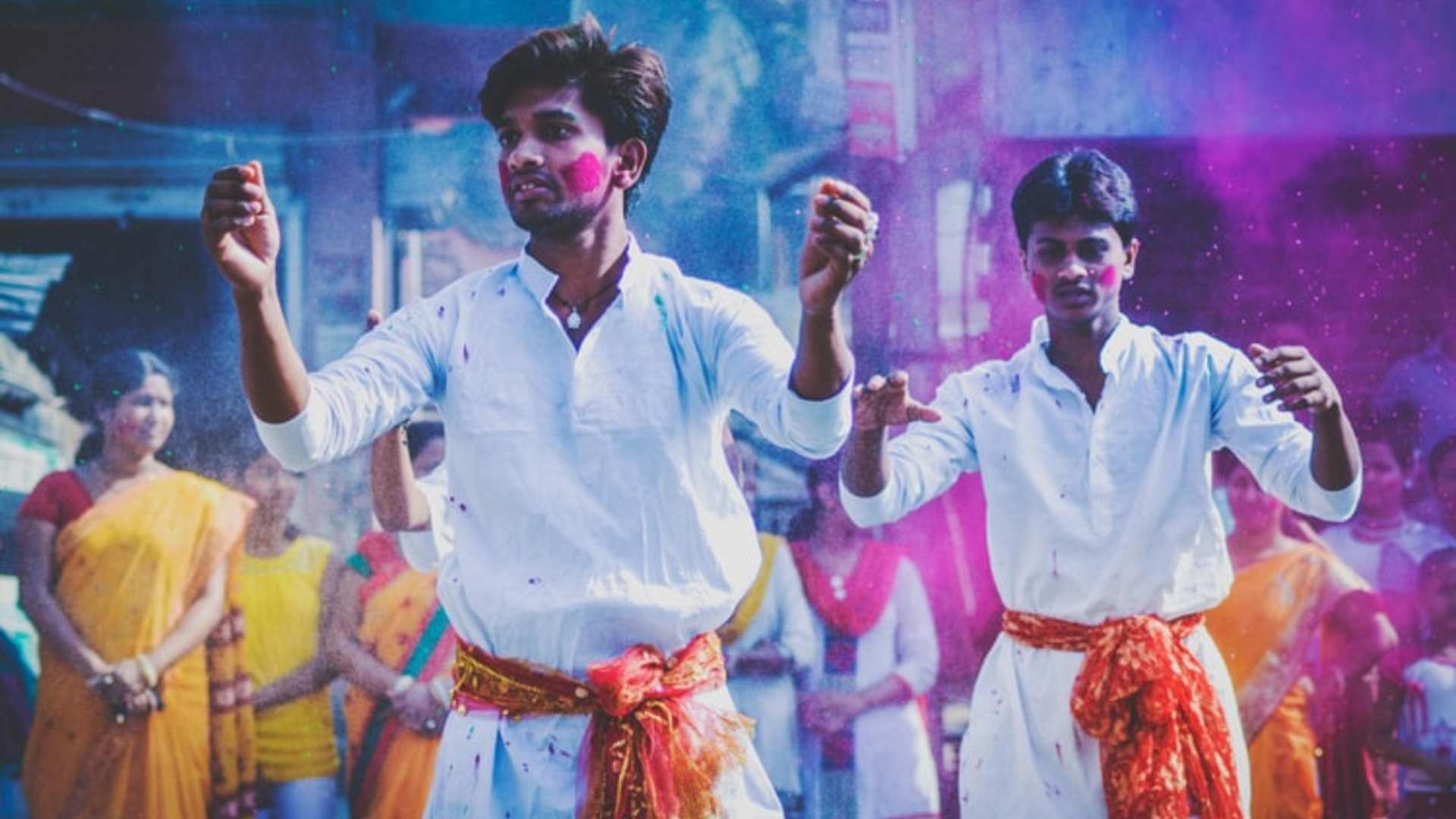When I think of the role that colors play in different cultures, I am reminded of an incident that occurred several years ago when I was teaching in China.
There was an exercise where students were tasked with going up to the whiteboard and writing their answers using dry erase markers, with a variety of colors to choose from. The students enthusiastically chose green, blue, brown, and even black. The lone red marker remained untouched. When I asked the students why they didn’t use red, they replied that it was not permitted.
Upon further research, I learned that while red symbolizes good fortune and joy, and is forbidden at funerals, using red ink could give offense since the names of the dead were previously written in red ink.
 Seeing green
Seeing greenBy Matthew T Rader
That got me thinking how easy it is to inadvertently offend people when one is “color blind” in other cultures.
While it may not make a huge difference in day-to-day life, it is something you may want to consider more carefully when you’re doing business in another country or gift-giving.
The Luck of the Irish
For example, while in Western cultures green represents money or freshness and is the national color of Ireland (nicknamed “The Emerald Isle”) and is connected to good luck, that is not the case worldwide.
In many South American cultures, green symbolizes death. But in Thailand, it is the color for Wednesday. Go figure.
And according to some sources, if a man in China wears a green hat it indicates that the man’s wife is cheating on him. Whoops! That’s a good one to keep in mind.
Speaking of China, while white is a symbol of purity in many countries, it is considered funereal in China.
But in many other cultures, black connotes death. Not to mention bad luck…ever considered stepping aside when a black cat attempts to cross your path? Another good reason to avoid black: it is a favorite color of large tsetse flies in Central Africa that have a rather punishing bite.
A Passion for Purple
Black and white are not the only colors symbolizing death. In South Africa, red is considered a symbol of mourning and the red in the country’s flag represents the blood and violence that have been an integral part of the country’s history.
Purple is also a color associated with death in countries such as Thailand and Brazil, where it is considered bad luck to wear purple clothing unless you are attending a funeral.
But, then again, in other countries purple has long been associated with royalty and power.
 Humbly speaking
Humbly speakingBy Eileen Brill Wagner
Orange You Confused?
If you have the opportunity to visit Asian countries where Buddhism is a dominant religion, you will see throngs of monks wearing orange robes–hardly “the new black.” In many Eastern cultures, orange is a symbol of love, humility, and good health.
But travel to Colombia and you will find that same color represents the very unmonk-like qualities of sexuality and fertility. And in Egypt, it is a color of mourning.
Getting nervous yet? When in doubt, keep in mind that blue is generally considered the safest color to use worldwide. It is the color that symbolizes immortality in the East and peacefulness and calm in the West.
Then again, it is the color of mourning in Korea and has an association with pornography in China.
Color me confused!
Any colorful stories to share? Let us hear from you.
by: Eileen Brill-Wagner


